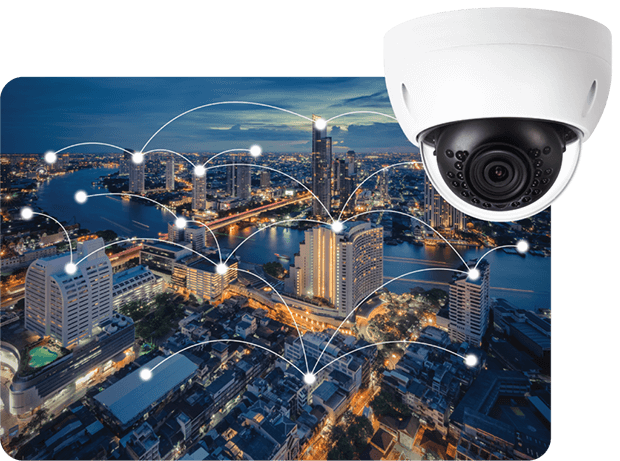In an era where security is paramount, video surveillance systems have become an indispensable tool for safeguarding people, property, and assets. While the fundamental purpose of these systems is to monitor and record activities, advancements in technology have propelled video surveillance beyond its basic functions, unlocking a myriad of possibilities that enhance safety, efficiency, and situational awareness. One key aspect that distinguishes modern video surveillance systems is their integration with artificial intelligence AI and machine learning algorithms. These technologies enable the system to go beyond passive monitoring and transform into an intelligent, proactive safeguard. AI-powered video analytics can detect anomalies, recognize patterns, and even predict potential security threats. This means that instead of merely recording events, the system can now actively identify suspicious behavior, triggering instant alerts and allowing for swift response measures. Moreover, the integration of facial recognition technology takes video surveillance to a whole new level.

Beyond traditional identification methods, facial recognition enables systems to quickly and accurately identify individuals, providing an additional layer of security. This is particularly beneficial in high-security environments, where access control is crucial. The system can instantly match faces against watch lists, granting or denying access based on pre-defined criteria. This not only enhances security but also streamlines the flow of authorized personnel, optimizing operational efficiency. Another area where video surveillance systems are proving to be invaluable is in the realm of business intelligence. Beyond security applications, these systems can be leveraged to gather valuable insights into customer behavior, traffic patterns, and employee productivity. Retailers, for instance, can analyze customer movements within a store, identify popular products, and optimize store layouts for better customer experiences. In the corporate world, video analytics can be employed to assess workspace utilization, monitor employee workflows, and enhance overall operational efficiency. The rise of edge computing has further amplified the capabilities of video surveillance systems.
By processing data locally on the camera or at the network edge, cctv san antonio tx systems can reduce latency, minimize bandwidth usage, and enhance overall system responsiveness. This is particularly crucial in scenarios where real-time decision-making is essential, such as in critical infrastructure protection or emergency response situations. The convergence of video surveillance with Internet of Things IoT devices is yet another frontier that holds immense potential. Integration with sensors, access control systems, and other IoT devices creates a comprehensive security ecosystem. For example, a video surveillance system can be linked to motion sensors, automatically directing cameras to focus on areas where unusual activity is detected. Such seamless integration enhances the overall effectiveness of the security infrastructure. Video surveillance systems have evolved far beyond their traditional roles as passive monitoring tools. The ability to proactively identify threats, optimize operations, and gather valuable insights demonstrates the transformative power of advanced video surveillance technologies. As we continue to embrace these innovations, the potential for enhancing security and efficiency in diverse environments becomes limitless. Beyond the basics, video surveillance systems have become a cornerstone in shaping a safer, smarter, and more connected world.
